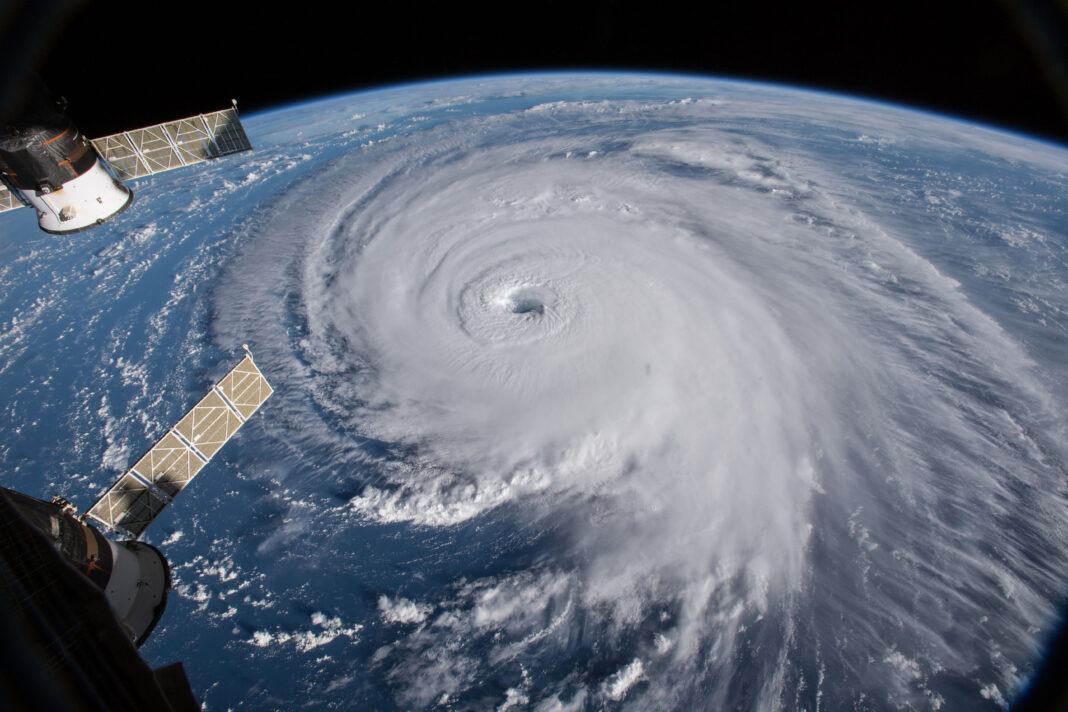One of the more notorious hallmarks of South Florida, aside from swamps, gators and the “Florida Man,” is hurricane season.
The 2023 Atlantic hurricane season came into full swing on June 1, the first official day of the season, with tropical depressions forming in the South Florida region, including Miami-Dade county.
Meteorologists and weather experts from the National Hurricane Center in Miami are predicting that 12 to 17 storms could form throughout the season, with five to nine possibly developing into hurricanes.
Some forecasters are predicting a near-to-normal hurricane season, with the expectation that El Niño could have significant impacts on the strength of this season’s storms.
El Niño is a weather phenomenon in which the temporary warming of the Pacific Ocean causes trade winds to become weaker. As a result, hurricane activity in the Atlantic becomes suppressed.
The National Oceanic and Atmospheric Administration reports that the chances of two or more hurricanes making landfall in the United States during an El Niño event is only at 28%. This statistic is comparable to the likelihood during neutral years, at 48%.
This activity also causes northern regions of the United States to experience very warm, dry conditions while southern regions experience very wet and humid conditions.
Meteorologists have explained that El Niño only occurs every 3 to 5 years, with the last El Niño event occurring between February and August 2019.
However, the occurrence of El Niño does not rule out the chances of a major hurricane making U.S. landfall in the South Florida region.
Brooke Weiser, a senior studying meteorology and Spanish, has closely monitored hurricane activity over the past month.
“The 2023 season outlook has some uncertainty because of two conflicting factors. In June, the Climate Prediction Center officially declared an El Niño Advisory, meaning El Niño conditions are present and expected to strengthen,” Weiser said.
Even with El Niño as a major factor into the strength of the upcoming hurricane season, Weiser points out that there are still many other forces that come into play.
“Another factor to consider is the anomalously warm sea surface temperatures (SST) in the Atlantic currently. Hurricanes draw their energy from warm waters, so these high SSTs provide fuel for the storms. This combination of both favorable and unfavorable conditions makes it hard to predict exactly what will happen this season in the Atlantic.”
While this season’s hurricane forecast is predicted to be rather uneventful, last year witnessed an abundance of hurricane activity throughout the Caribbean and southern Florida with the arrivals of Hurricanes Fiona and Ian.
While Hurricane Fiona tore through parts of Puerto Rico and several small islands, the preliminary formation of Hurricane Ian passed through Miami and later plagued widespread destruction across western and central Florida.
Many students remember the particularly stormy week at the beginning of October, recounting the significant flooding that occurred across Miami-Dade County.
“Two days in a row I went to classes, and the parking lot was flooded and water was in my car,” senior biology major Izzy Sowells said. “And multiple times I got to class absolutely drenched and had to sit in lecture in wet clothes. I just wish they had given us a few more days off because it was dangerous and unpleasant.”
With students wading through massive puddles on their way to class, many were frustrated that the University hadn’t moved classes online earlier.
“Many students and professors were prevented from attending classes due to flooding, Wi-Fi connectivity issues and heavy rains,” said master’s student Kiera Fielding. “For this upcoming season, the university needs to be more compassionate and understanding when it comes to the students’ and staff’s ability to make it to class, as one or two days of cancellations will not be a setback in any way.”
In the event of a major hurricane impacting Miami-Dade county, it is important for students to stay informed of possible evacuations, closures and hurricane protocols put in place by the University.
“It can’t be said with any certainty if Miami will be directly impacted by a storm this year. But it is important to always be prepared and to be aware of your risk. Especially as hurricane season peaks in August and September, pay attention to tropical forecasts,” Weiser said.
In the event of a major storm, students should review information found on the University’s website regarding emergency preparedness and develop an evacuation plan.
“Even if a storm isn’t predicted to directly hit Miami, impacts of these storms can be widespread and it is important to be prepared.”
Important Links for Students & Parents:
University Hurricane Preparedness & Evacuation Protocols: https://prepare.miami.edu/before-emergency/hurricane-preparedness/for-students-and-parents/index.html
Miami-Dade County Emergency Evacuation Information;
https://www.miamidade.gov/global/service.page?Mduid_service=ser1477583540306215







